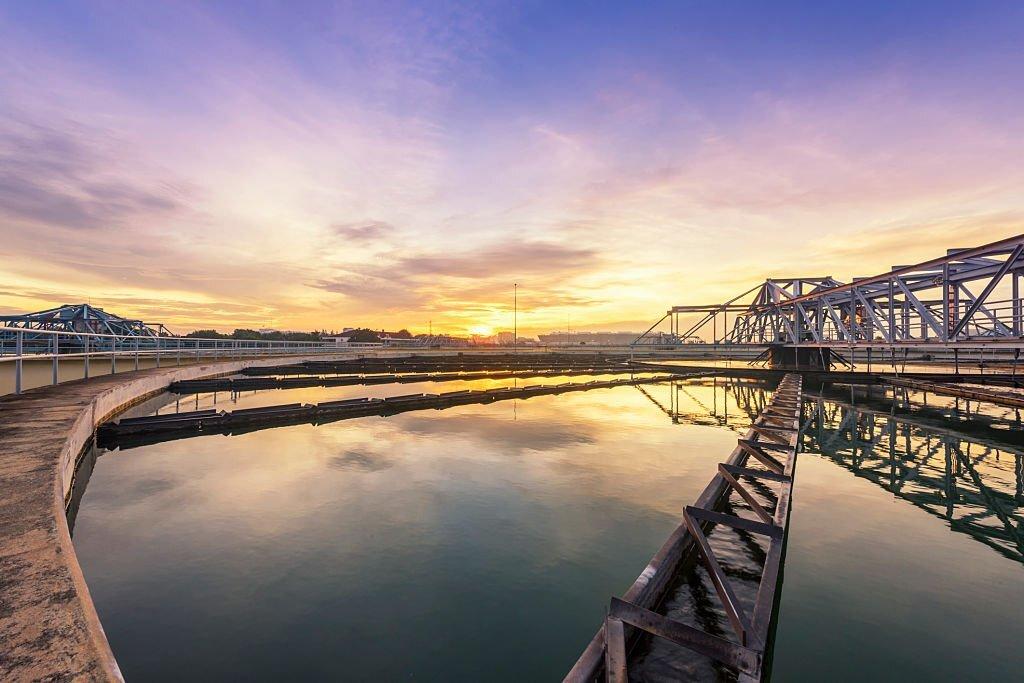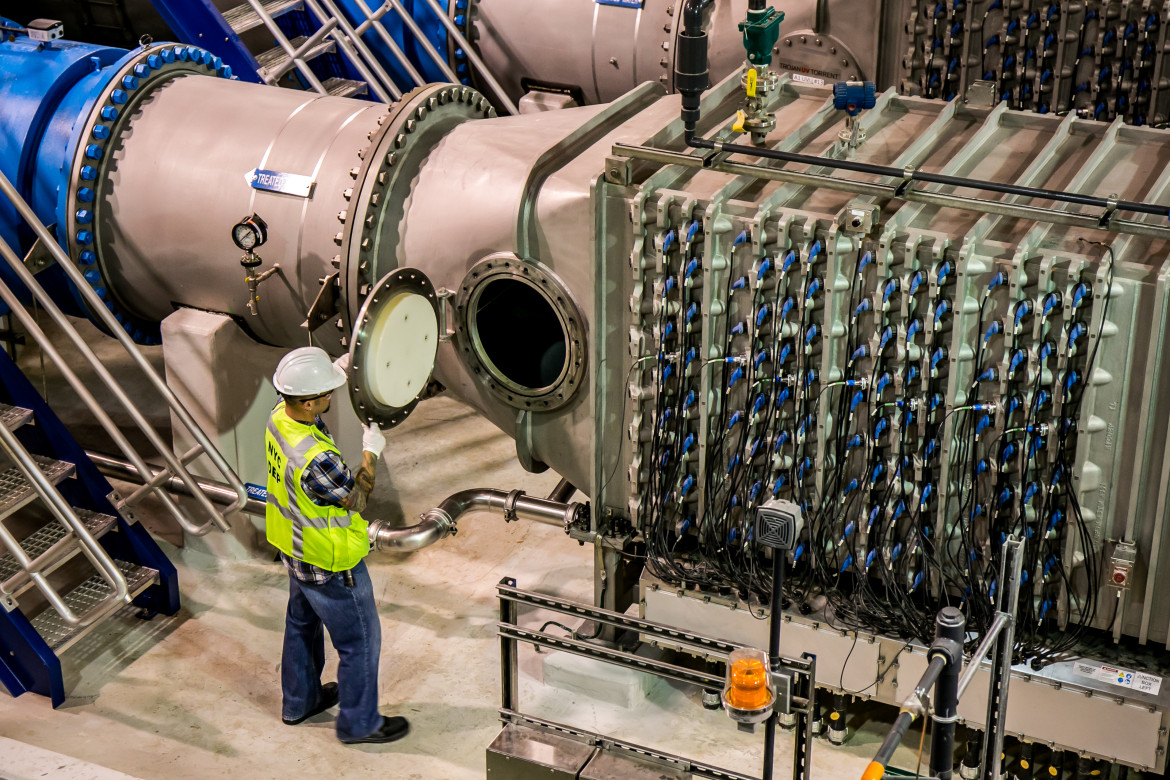The challenges of water treatment plants today
Water treatment plants purify water to make it safe to drink or use for other purposes. There are several steps involved in the water treatment process, which may include the following:
- Pretreatment: This step involves removing large objects and debris from the water, such as sticks, leaves, and sediment.
- Coagulation and flocculation: Chemicals are added to the water to cause small particles to clump together, forming larger particles called floc.
- Sedimentation: The floc settles to the bottom of a sedimentation tank, where it is removed.
- Filtration: The water passes through a filter, which removes remaining particles and contaminants.
- Disinfection: The water is treated with chemicals or UV light to kill any remaining bacteria or viruses.
- pH adjustment: The pH of the water may be adjusted to ensure it is safe for consumption.
- Softening: Hard water, which contains minerals such as calcium and magnesium, may be softened by removing these minerals.

Water treatment plants may use a combination of physical, chemical, and biological processes to purify water.
The specific processes used will depend on the quality of the source water and the desired end-use of the water.
There are several challenges that water treatment plants face today, including:
- Meeting increasing demand: As populations grow, the demand for clean water also increases, which can be challenging for water treatment plants to keep up with.
- Aging infrastructure: Many water treatment plants have infrastructure that is old and in need of repair or replacement, which can be costly and time-consuming.
- Contaminants: Water treatment plants must remove a variety of contaminants from water sources, including bacteria, viruses, and chemicals. Some contaminants, such as pharmaceuticals and emerging contaminants, can be difficult to remove effectively.
- Drought: Drought conditions can limit the availability of water sources, making it more difficult for water treatment plants to meet demand.
- Climate change: Changes in temperature and precipitation patterns due to climate change can impact the quality and availability of water sources, posing challenges for water treatment plants.
- Ensuring water quality: Water treatment plants must ensure that the water they produce meets safety standards and is free from contaminants. This can be challenging, particularly if the source water is of poor quality.
- Cost: Operating and maintaining a water treatment plant can be expensive, and many communities struggle to afford the necessary investment.
Let's talk....
Tel: +52 81 3849 5959
Email: sales@zeomediafilter.com
Zeomedia is the only highly efficient zeolite-based filter media that has been chemically cleaned to optimize its quality and performance.
It generates 60% less waste of water and energy in backwashes per year and up to 50% better filtration quality.
It can increase the production capacity of an existing plant by at least 30% or reduce the number and sizes of filters required per project by half.
We are the only company in Mexico with NSF certification to help you reach the new regulations and parameters marked by the new NOM 127 in the water treatment process.





